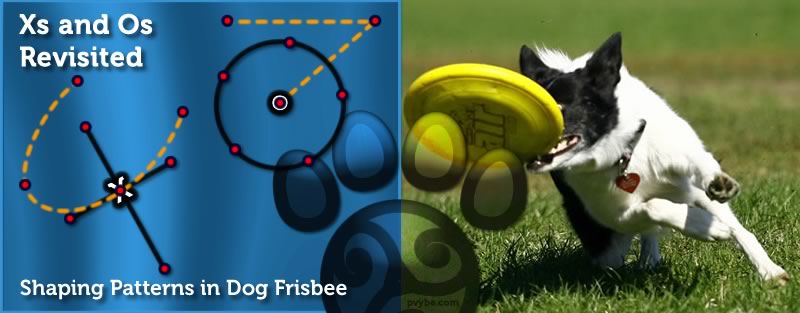
Daily Flow Audio | Xs and Os Remastered
Ron reads Xs and Os Revisited, a series about shapes and flatwork in the game of disc dog freestyle from the Pawsitive Vybe Disc and Dogs Blog. from Disc Dog Radio.
1:50 – Vocabulary of Xs and Os
6:55 – Xs and Os in Terms of Dog Training
11:17 – Are You Running Your Dog the Right Way?
14:56 – On Flatwork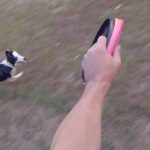 Flatwork is the stuff that happens between the catches. How the team moves and transitions, often without the disc, is flatwork. Flatwork concepts in disc dog are taken from the agility and herding... More: The Xs and Os of Preferred Movement
Flatwork is the stuff that happens between the catches. How the team moves and transitions, often without the disc, is flatwork. Flatwork concepts in disc dog are taken from the agility and herding... More: The Xs and Os of Preferred Movement
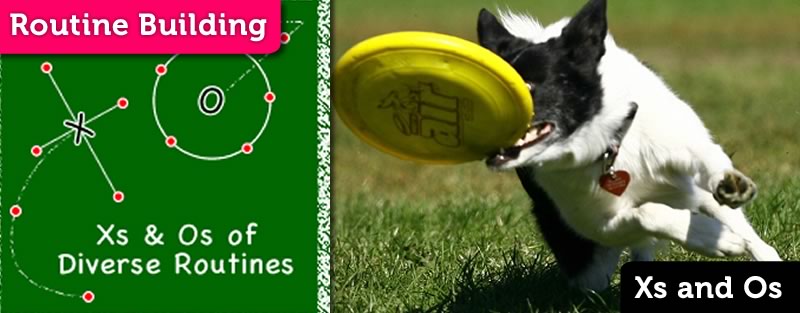




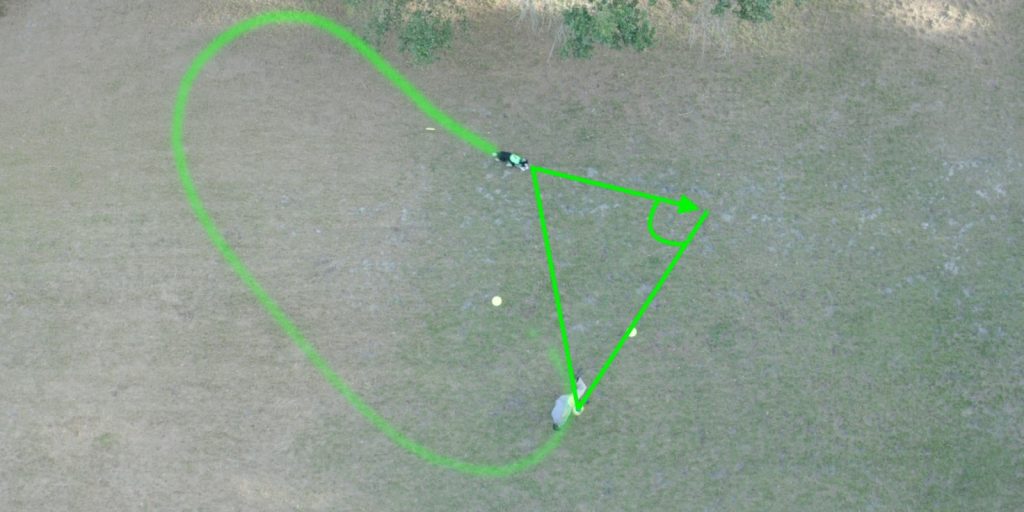
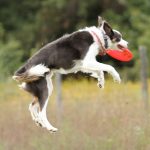
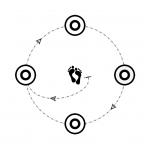
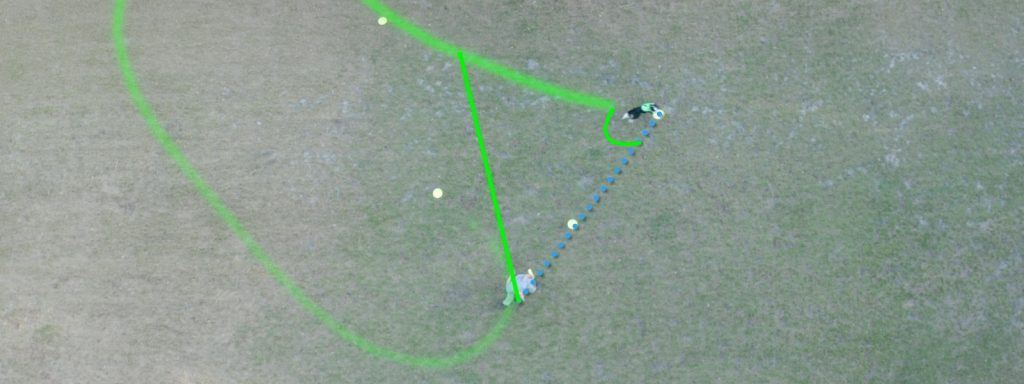
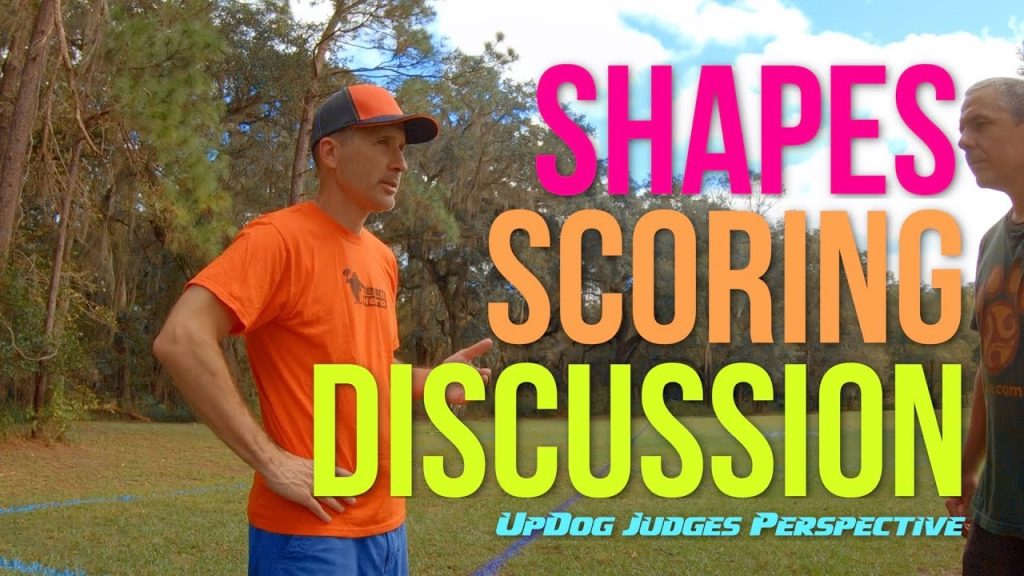
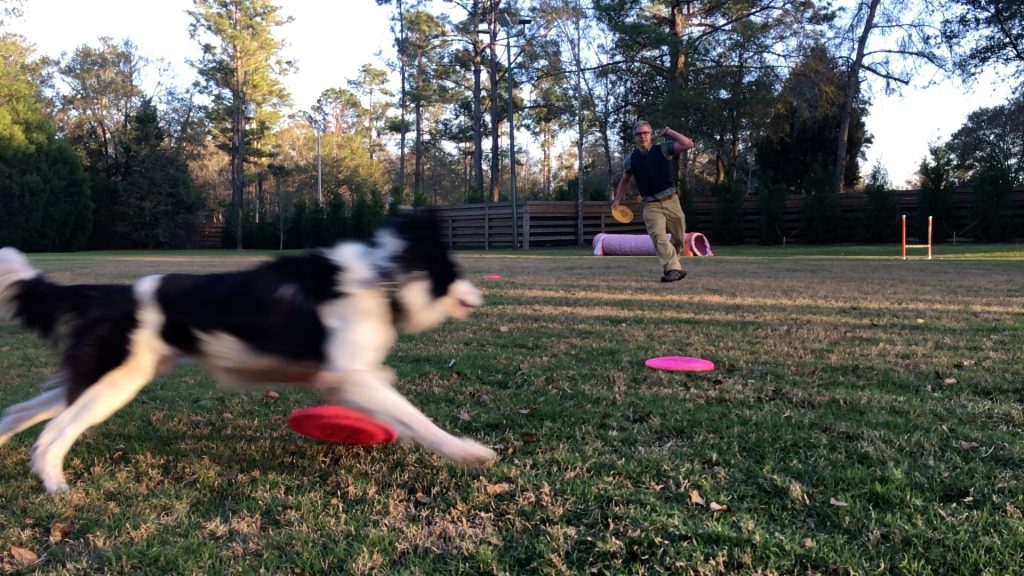
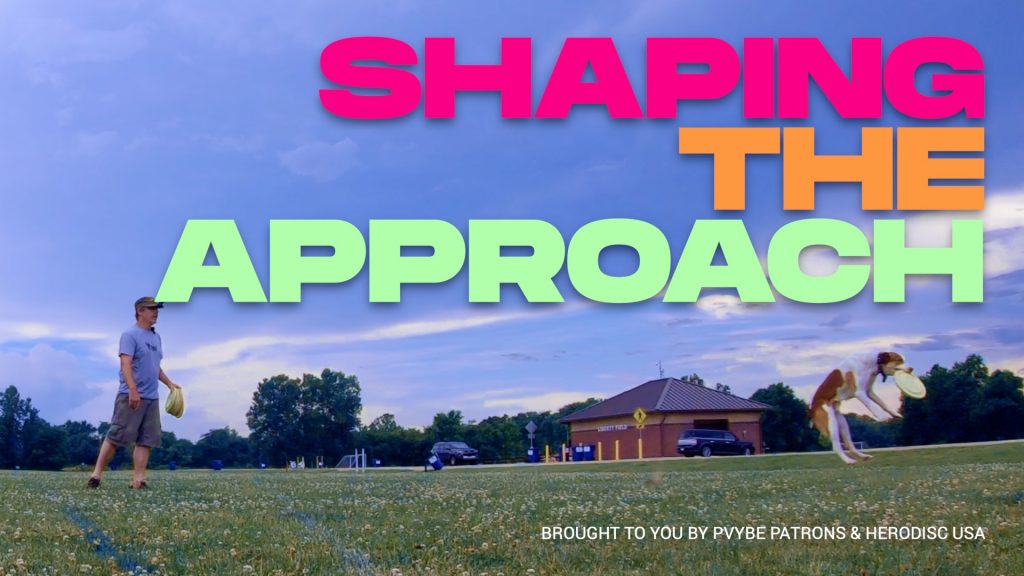
Responses